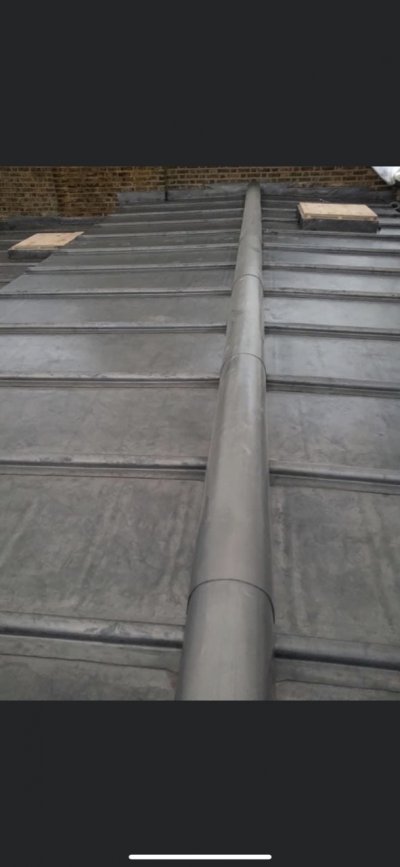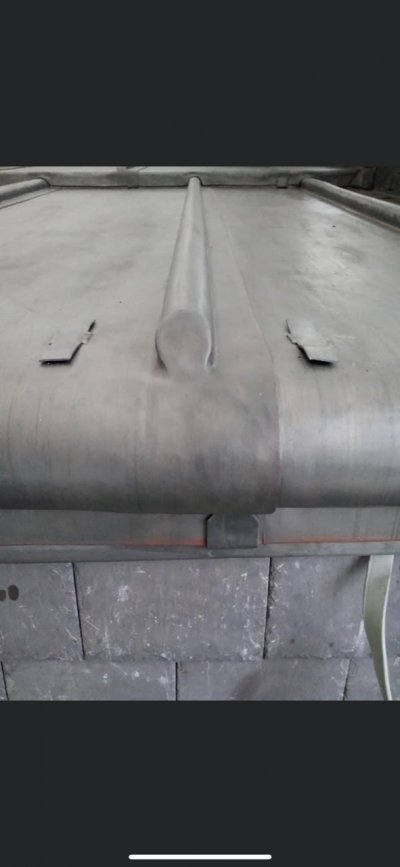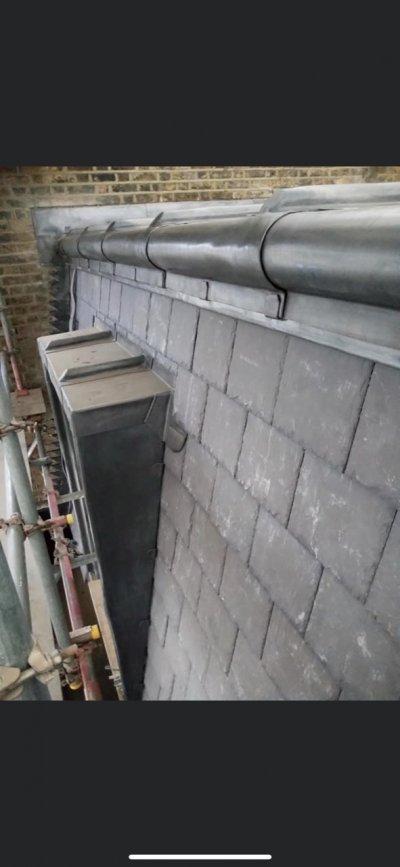Darrell
Hardcore MB Enthusiast
- Joined
- Dec 15, 2006
- Messages
- 12,246
- Car
- Gixxer 6, Citroen Berlingo, 911 C4S, Dacia Duster and lots of bicycles.
It’s even got fakie wood roll!!I’m guessing as a lead guy you hate the thought of fibreglass work?
this is the plan for current project. (Fibreglass)
View attachment 118093
Last edited:





